No prepper expects getting though a major crisis to be easy. When the SHTF there’s going to be a lot of hard work. There’s going to be discomfort. There’s going to be danger. Unexpected problems will pop up and need to be dealt with. This is all stuff preppers think about and (the clue’s in the name) prepare for. But have you considered what to do if you find yourself forced to make a choice that seems impossible – a decision where there’s no good option, just a series of bad ones?
Unfortunately, there are times when tough choices just have to be made – and, like most things, they’ll be easier if you’ve thought about them in advance. Let’s take a look at some of the worst-case prepping scenarios where you have several courses to choose from, and none of them are looking good.
Should I Stay Or Should I Go?
In an emergency, one of the first decisions you’ll have to make is whether to bug out to a safer location, or “bug in” right where you are. This can be a hard choice to make. Most of us already lean one way or the other. Either we already have a Bug Out Location picked, prepared and stocked with supplies, or we’ve made sure our home is still a viable location in a crisis. The problem is, when disaster strikes it might not come in the form we’d expected. What if we’d planned to bug in, but now there’s a wildfire raging and the wind’s blowing it our way? Or we’d planned to bug out, but there’s a big mushroom cloud rising over where our BOL was?
You need to be ready to change plans at short notice. That can be hard when you have a lot of time and money invested in one option, but if that option is obviously not going to work the tough decision has to be made.
If You Plan to Bug In, Stop Doing This Immediately!
The link above tells you about 3 huge mistakes people who bug in make right now. It is also where you will learn more about the Navy SEAL’s Bug-In Guide, the ONLY guide we always have to recommend when we talk about how to stay safe in the comfort of your own house.
Why is that?
It teaches you literally EVERYTHING you need to know when you bug-in, from how much food you ACTUALLY need to stockpile to how to set up traps to increase perimeter protection. And the guide is also written by an actual Navy SEAL instructor who has first-hand combat experience in both bugging out and bugging in situations. Just do not ask him what his opinion is on bugging out.
Learn more about what is included in the guide here!
Medical Triage
Being able to deal with medical issues is a key part of prepping; when the SHTF it’s unlikely the ER will be an option, so most of us collect the skills and supplies we need to do as much as possible ourselves. But what if you find yourself in a mass casualty situation? Even hospitals can get overwhelmed, and as a prepper with a first aid kit and maybe a couple of willing but unskilled helpers you have a lot less resources than a hospital.
Related: 9 Unusual Things You’ll Find Inside an Army Medic’s First Aid Kit
You need to decide which patients to spend your time and medical supplies on. That’s a very hard decision to make – because while you’re treating one casualty, you’re not treating the others. However, you can’t be everywhere at once. Keeping the maximum number of people alive and healthy means prioritizing your efforts. To decide who to treat first, you need to quickly examine every casualty, then divide them into four groups:
- Immediate – These are the people with life threatening injuries that you can treat. Anyone who’s not breathing, has a blocked airway or severe bleeding falls into this category. As the name suggests, they need to be treated immediately. If you have more than one Immediate casualty, prioritize them with ABC, where A is Airway, B is Breathing and C is Circulation (bleeding).
- Urgent – Anyone with significant bleeding, major burns or broken bones needs treated as soon as possible, but they don’t need immediate attention to save their lives. Stabilize the Immediate casualties before moving on to Urgent ones.
- Routine – Minor injuries that need some treatment can be left until last. Small cuts or burns, bruises and similar superficial wounds are in this group. Don’t leave them waiting longer than you need to, but they won’t come to much harm if they need to wait a few hours or even days while you deal with the serious cases.
- Untreatable – Unfortunately, some people will have life-threatening injuries that are beyond your ability to treat. It’s hard, but necessary, to stop treatment – especially if it’s someone you’re close to. However, if you’re spending time on someone you can’t save while Immediate patients wait, people will die who could have survived. Help those you can save. When time and resources allow, you can come back to untreatable patients and do what you can to make them comfortable.
You Will Let People Die
Triage is used in a medical context, because sometimes you can’t treat all the casualties. The same principle applies to other scenarios, though. What if refugees are moving past your home or BOL? What if parents are knocking on your door, asking for food for their hungry kids? It’s hard to turn away a starving child, but it’s depressingly easy to wipe out your own food supply in exchange for keeping a lot of unprepared people alive one day longer. Eventually, even if you do not do it in the beginning, you will have to say NO and let people die.
You Will Abandon People You Care About
Even within your own group, there might come a time when you have to make ugly choices. What if one member of the group is slowing you down, and putting you all in danger? Do you leave them behind to protect the majority, or try to keep them with you and risk everyone’s lives? Choosing to abandon someone – perhaps a close relative – is a terrifying decision to think about, but it could become necessary.
You Will Run If You Want To Survive
In a SHTF scenario, there’s a high chance of conflict with other people. Your stockpiles, and even your knowledge, are resources other survivors will want to get their hands on. If you want to keep the preps you’ve built up, you might have to fight for them. In the worst case scenario, it might be necessary to kill for them.
Where you draw the line on the use of lethal force is a personal decision. Most of us would use a gun to defend our own life and the use of our loved ones. Few of us, I’d like to think, would open fire to save one can of baked beans. The decision you make will depend on the value of what’s threatened and the possible consequences of using force. Are you in an armed standoff where you might be able to disengage and withdraw without a fight? Is society gone for good, or is there a chance law enforcement will be back in a couple of weeks?
How Much Will You Risk?
There are times you could be faced with a choice between taking a moderate risk right now to avoid a less immediate but more serious one. What if you’re out of food and starting to suffer from malnutrition, and you find a tree loaded with unfamiliar fruit. It’s food, but is it safe? You can do a taste test like you learn from the Wilderness Survival Guide, and if it doesn’t taste of almonds or cause a burning sensation there’s a good chance it’s edible – but it might not be. Will you risk it, or face the danger of starvation? Thirst will kill you much quicker than hunger, so what if you’ve been out of water for days then find a pool that might be contaminated? Will you run that risk? Just remember there’s one hard rule when it comes to water: Drinking seawater is never going to be the best option. If you’re 99% certain to dehydrate, that’s still better odds than drinking seawater.
Any time you’re preparing or making plans, try to consider worst-case scenarios that could lead to tough choices. Then think about the factors that will play on the decision you have to make. That’s especially important if you’re making plans for a group, because that’s when you’re most likely to face the difficult decisions. It can be unpleasant to think about some of these scenarios, but it’s definitely worthwhile. If you do some groundwork now, you’ll be ready if the time ever comes. When the worst happens, you might not immediately know what to do– but you will be prepared to make a decision.
You may also like:
How to Build an Underground Bunker for Only $400 (Video)

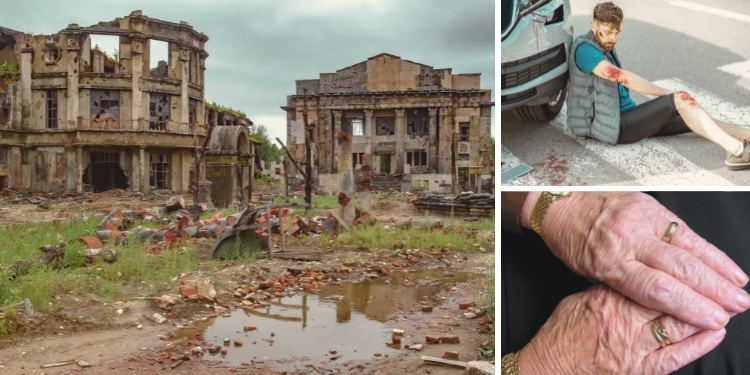
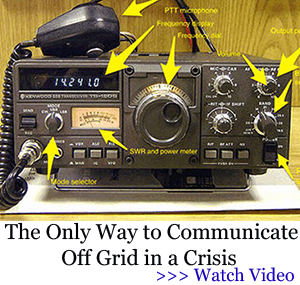



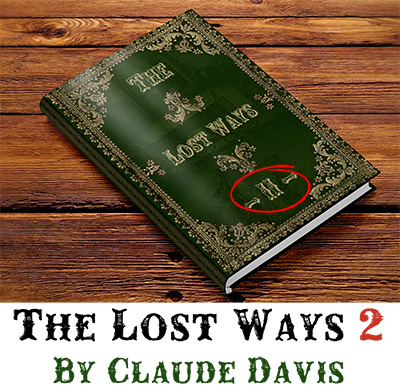

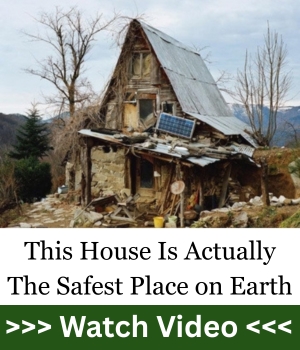
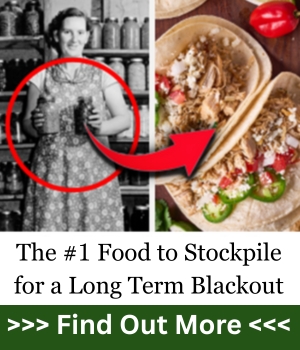
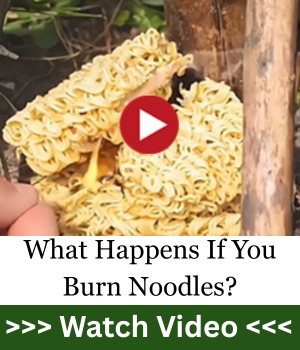





A more complete assessment is ABCDE
Airway
Breathing
Circulation
Disability
Exposure
https://geekymedics.com/abcde-approach/
Just like the medical industry and FPI , LSI , other agencys
Always
but the choices you make today affect where, what , why things happen tommorrow
Lack of Planning creates Kos
God is Structured, orderly and Disciplined
everything will always have a cause and effect later and not what you expected
and those around you are affected by your choices
Be Wise, Be alert , Think before you act so you will make proper decisions
Too Much is Too Much
And there is so much deception in the social arena , you cannot trust the News, propaganda Networks of lies and deception .
Research , research , research
Wow, what a doom and gloom scenario! C’mon Man! From what I have seen even in a complete war zone medical personnel stay until the end. (just watch the TV) Medical people train for this ,this is personal to them and most of them will give their life to help save one person! If things ever get that bad…Jesus take the wheel!
Stay safe and God Bless…